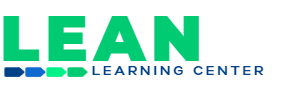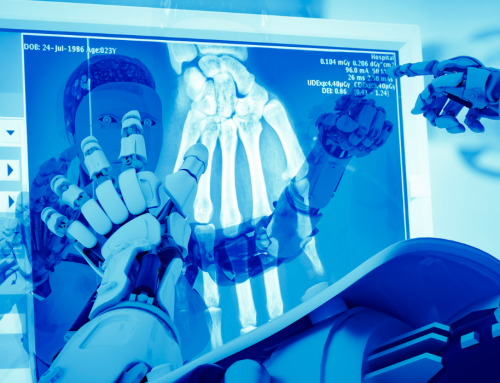During our formal school years, knowing how we learn probably takes a back seat to the process of just cramming the facts. Late night cram sessions before the big quiz or final exam are commonplace on every college campus.
Now that you’ve earned your diploma, in retrospect (and in all honesty), how much of that crammed information actually stayed glued to the cerebral cortex of the brain? If you’re like most of us, the names, dates, complex formulae and Latinized techno-babble disappeared long ago unless in later years it became vital to your work.
There’s a reason for this disappearance act. Chief Learning Officer and Editor-in-Chief of CLOmedia.com Mike Prokopeak states in the April 2016 CLOmedia.com newsletter: “Showing your work
Prokopeak is referring to the human element or the journey along the way. Frequently in lean learning we talk about the importance of that journey. Some even define lean learning as an ongoing journey toward personal and professional improvement.
Obviously, the journey would not be occurring if there were not a destination or goal. Yet often “what we learn” slips through the cracks if it is not accompanied by what educational theorists call meta-learning. “Education is more than the acquisition of knowledge, development of skills and formation of habits,” says Prokopeak. How we learn plays a critical role.
At the workplace—on the assembly line, in a staff meeting or learning evaluation session—we are expected to apply what we’ve learned. We must also be able to reflect on the learning process so we can adapt it to other situations and share what we learn and how we learn it with our peers.
Can you think of a situation in which you learned a valuable piece of information that has remained firmly implanted in your memory along with a vivid recollection of the environment in which this knowledge was imparted?
Prokopeak says that one of the best ways we learn is during face-to-face meetings and informal gatherings. That’s what makes lean learning in which shared outcomes of testing, recording and sharing, integral to a lean company’s operational code.
To remember the What by the How, try tying a string around your finger.




